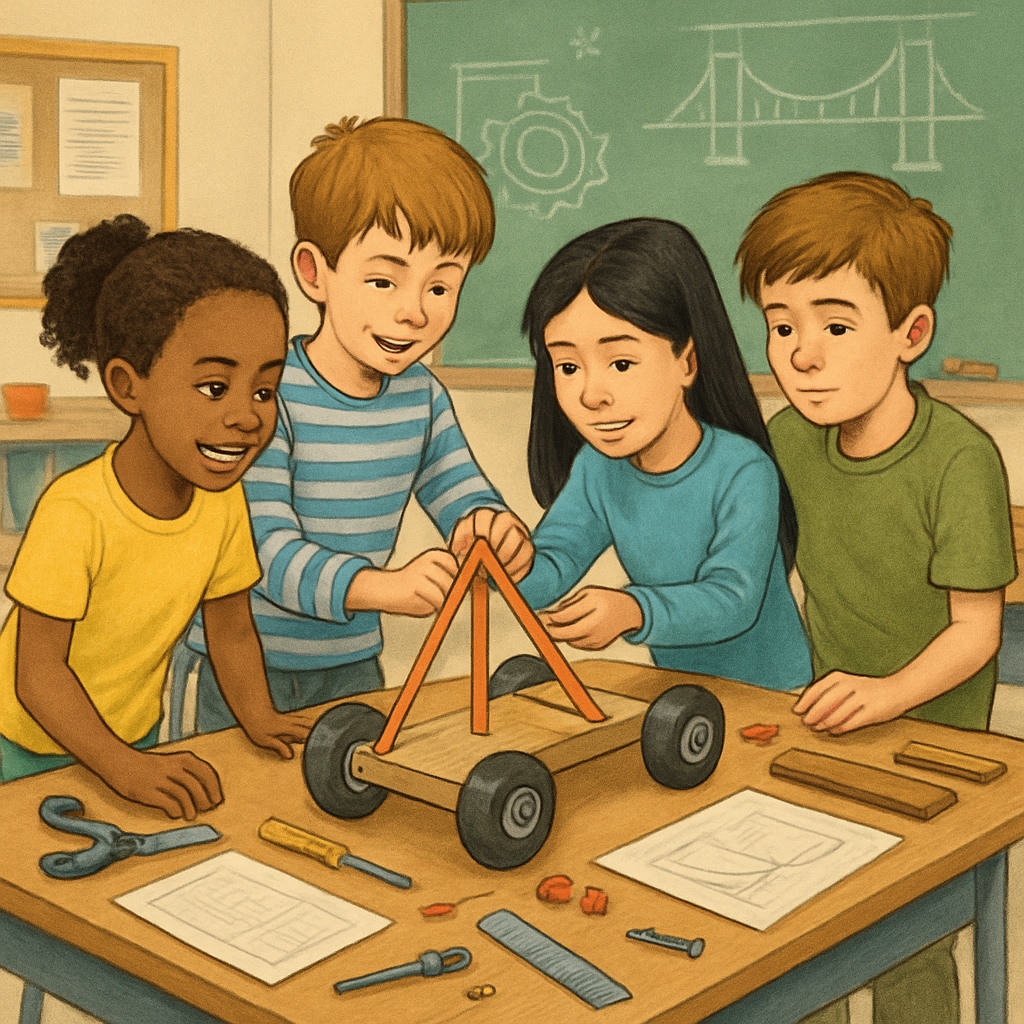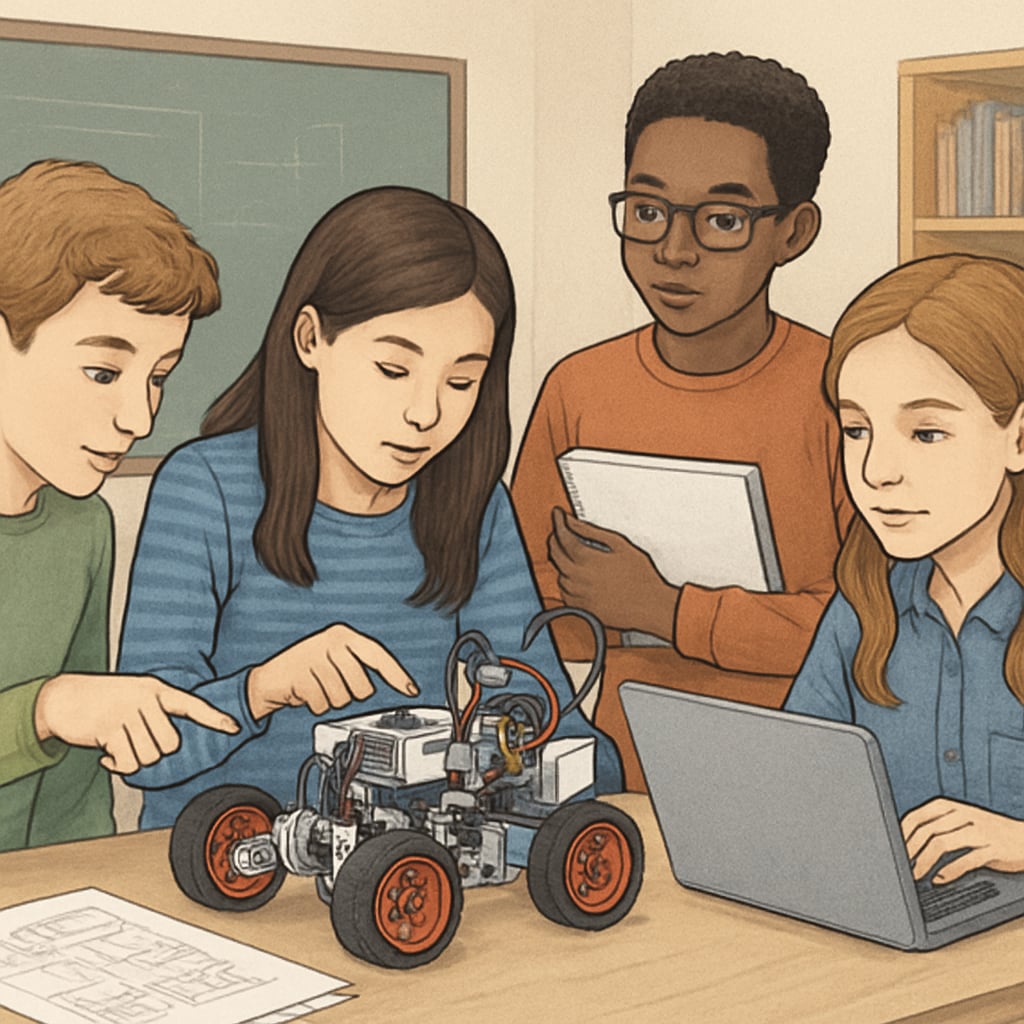In today’s rapidly evolving world, the importance of cultivating engineering design thinking at an early stage cannot be overstated. For students aiming to pursue careers in design engineering or advanced education like a master’s degree, developing this mindset early can significantly shape their academic and professional journeys. This article delves into why engineering design thinking is crucial in K12 education and provides actionable strategies for parents and educators to nurture this skill set.
Why Engineering Design Thinking Matters in K12 Education
Engineering design thinking isn’t just about solving technical problems—it’s about fostering creativity, critical thinking, and problem-solving skills. These competencies are vital for students who aspire to explore fields like engineering, science, and technology. According to Wikipedia’s definition of design thinking, this process encourages iterative learning, which helps students adapt to challenges and innovate solutions.
In K12 education, introducing design thinking early offers several benefits:
- Developing critical thinking: Students learn to analyze problems from various perspectives.
- Encouraging creativity: It allows them to think outside the box and approach challenges innovatively.
- Building collaboration skills: Group projects and team-based learning enhance interpersonal abilities.
These core skills can act as a springboard for students considering advanced studies, such as pursuing a master’s degree in design engineering. More importantly, they lay the groundwork for thriving in a workforce that increasingly values problem-solving and adaptability.

Strategies to Foster Engineering Design Thinking in Students
Embedding engineering design thinking into K12 education requires deliberate effort and innovative teaching methods. Here are some effective strategies for educators and parents:
- Introduce STEM Projects: Hands-on STEM (Science, Technology, Engineering, Mathematics) projects encourage students to apply theoretical knowledge to real-world problems.
- Encourage Iterative Learning: Teach students that failure is part of the design process. Encourage them to test, refine, and improve their ideas.
- Utilize Collaborative Tools: Tools like 3D modeling software or robotics kits can make learning interactive and engaging.
- Incorporate Real-world Challenges: Assign projects that solve community problems, such as designing sustainable solutions or creating assistive devices for people with disabilities.
These methods not only enhance technical skills but also build a mindset that values adaptability and resilience—key traits for students pursuing careers in design engineering or preparing for graduate-level education.

Preparing for Advanced Studies and Career Development
For students interested in pursuing a master’s degree in design engineering, early exposure to engineering design thinking can make a significant difference. By developing problem-solving and analytical skills during the K12 stage, students are better equipped to handle the rigorous demands of higher education.
Moreover, as industries increasingly value interdisciplinary skills, students with a foundation in engineering design thinking are more likely to thrive. For instance, fields like sustainable engineering or AI development require professionals who can merge creativity with technical expertise. According to Britannica’s overview of engineering, the discipline is constantly evolving, and future professionals must be prepared to innovate and adapt.
By aligning K12 education with these future needs, parents and educators can ensure that students are not just academically prepared but also career-ready. This early preparation also helps students make informed decisions about their academic paths, including selecting the right undergraduate and master’s programs to match their career aspirations.
In conclusion, the importance of engineering design thinking in K12 education cannot be understated. Whether a student aims to pursue a career in design engineering, a master’s degree, or another STEM field, fostering these skills early lays the foundation for long-term success. By implementing the strategies discussed in this article, educators and parents alike can help shape the next generation of innovative thinkers and problem-solvers.
Readability guidance: Use concise paragraphs and lists to summarize key points; ensure a balance of technical and general language to keep the content accessible yet informative. Distribute transition words evenly for better flow and coherence.


